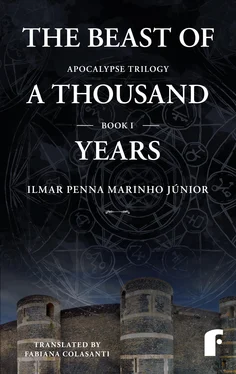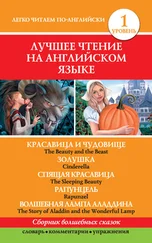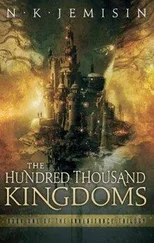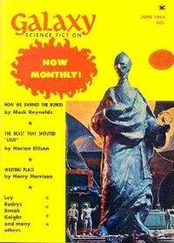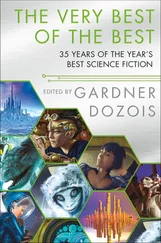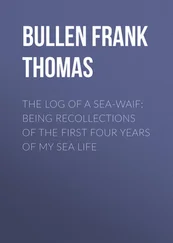“I’ve tried to recreate the lighting so that the visitors can find the hope of New Jerusalem again,” explained the curator, emphasizing his interest in the renovations.
“You definitely did it. Congratulations on the beautiful work of renewing the message of faith and hope in today’s frantic world. But this is not enough. We need to show the defeated devil. We have to lock up Satan for another thousand years.”
The curator didn’t immediately agree. He took the priest by the arm and led him to a spot where he’d left a blank space.
“Look at this, Antoine. Do you know why I left this space empty, between tableaus 74 and 76?”
The priest was silent. His eyes stared at the throne of God’s emerging river, which irrigates the hills of fruit trees.
“About six months ago there were news that the tableau with the caged devil had been seen,” confided the curator, whispering.
“Why did you wait until now to tell me this, you snake in the grass?”
“What good would it do to tell you if the Ministry of Culture wasn’t willing to finance its search, acquisition, and restoring? Now I can tell you because they have accepted to finance everything. I’m very hopeful. My intuition tells me that we’ll have the tableau back very soon. Our only problem is that we cannot have the police involved in the case as long as we are not sure about the authenticity of the tableau.”
“Where did this happy news come from? Can you tell me?”
“From Brazil,” answered the curator, raising his tone of voice.
“My God! From that far! You know, my nephew Aurélien was there during Carnival. He had his passport stolen.”
“Your sister’s son?”
“Yes. He liked it so much that he stayed for months. He told me he made good friends. He only came back because he didn’t want to lose his job at the Library of Historic Monuments in Paris. He graduated in Saint-Cyr, but decided not to become a gendarme.”
“Is he the researcher?”
“That’s the one. He’s a researcher and a police officer. Do you remember the case of the theft at the “Tiger’s” house in Paris? He was hired by the Clemenceau Museum and solved everything by himself. A fanatic had stolen the personal items and the manuscripts of the collection.”
“Of course, I remember it well. The case was in every newspaper.”
“He was here in October, spent hours visiting the halls in the Museum of Weapons. He praised the perfect state of conservation of the medieval crossbows. You know, he’s a crossbow champion, which is commonly known as bow and arrow, and has even won several medals as an archer in championships.”
“You gave me an idea. I’ll tell you later. Now I have to run home, or my wife will throw me in the lake of fire where the devil drowned. She has invited the mayor for dinner,” confided Ferdinand, nervous, walking quickly on the stone steps at the exit of the gallery toward the manor courtyard of the castle.
“Don’t tell me that coward is going to eat those delicious quenelles at your house?” teased father Antoine in the face of his exclusion from the gastronomic honor of the Rochemont de Sailly.
“We are very invested in the mayor’s reelection. He deserves it.”
“No, he doesn’t,” protested Antoine, looking at his watch. “My Goodness! It’s so late already… The boys must be worried about my delay. I’m late again.”
The curator made a sudden pause in his walk to ask the priest, still breathless as he climbed the stairs.
“Can you give me your nephew’s phone number in Paris?”
“Sure, I’ll send it to you by e-mail later,” the flustered priest said as goodbye.
Smoothing the folds of his bowtie, the curator took one last look at the twenty-four species of rose bushes planted in the garden facing the gallery’s outer wall. A refreshing wind hit his face when he crossed the castle’s draw bridge. In the silence, his lips smiled at the results achieved with the new lighting, which added to the biblical imagination a touch of the unimaginable, the halftone of the eternal temporality of the Apocalypse, as if the tapestry called for an exegesis, left hanging in the air. Or as if it wanted that the visitors always returned, as they return with tortured souls to the church masses or to the prayer before God’s altar so He can renew our certainty and the beauty of faith. Now the curator’s thoughts focused on the dream of bringing tableau 75 back to the gallery: nothing that a good sum of money couldn’t do — he laughed to himself.
Chapter 5
EVEN THOUGH HE KNEW THAT the world turns and fate brings people from different continents together, curator Ferdinand could never had thought that besides Leonardo, a stranger, and Aurélien, Father Antoine’s nephew, the contemporary history of the tapestry would also count with the participation of Júlia, Baudoin’s daughter, born in Visconde de Mauá, a city located at an altitude of four-thousand feet on the Mantiqueira Mountains, a region consisting of villages and valleys, waterfalls and hiking trails.
The word “Mantiqueira”, in Tupi-Guarani, means “where the waters spring”. A perfect definition for a region exuberant in its hydrological richness and beauty that enthralled Júlia’s father, a Belgian tourist with a fancy name: Baudoin Fontenoy Werhofen. He was a botanist and had decided to go on vacation to the country famous for being “the country of the future”. But, besides being in awe with its forests and birds, he found himself also in awe with Brazilian women; a tourist on vacation in the country of the future, in awe with Brazilian forests, birds, and women.
On the way up the mountain, the Belgian was already impressed by the Harpy Eagle that followed the car on the bumpy road to Mauá. Being superstitious, he believed it was a good omen for a weekend ride. But he liked the virgin nature so much, the crystal-clear, unpolluted rivers, that he decided to extend the days of his stay, turning them into months, years, and his whole life. A few months after meeting the sexy Maria Tereza, with whom he bathed in the Slide Waterfall, they got married in an ecological ceremony at the Bridal Veil Waterfall, before Belgian and Brazilian friends.
In love with Maria Tereza and with nature, it’s easy to understand what led this man of proud carriage and a slightly angular chin to sell his hardware shop in Belgium and his furniture to build an inn on the Mantiqueira Mountains and opt definitively for the pleasure of living a healthy and loving life in the woods. In time, he became familiar with the geography and the history of the area, and found himself to be a self-taught guide because of his wise decision to come to live in Mauá, where he started his small family.
“I stopped taking medication and didn’t go to the doctors anymore. This region is miraculous,” he used to say to the visitors, recalling the time when he used to resort to decongestants to breathe.
From the union of the hot Maria Tereza Gusmão with the adventurous Walloon traveler with a Francophile soul, better known in the area by the nickname “Baldo”, was born the lovely Júlia, who would become a fan of photography and adventure books. And, once he was well established with his inn, named “Blue Angel” as suggested by Maria Tereza in honor of her husband, it didn’t take long for Baudoin to realize that, with his knowledge of languages and the forest, he could register in a book the perception and emotions of a European botanist apprentice who loved the woods. Thus the work Know the Tourist Region of Visconde de Mauá and Its History was born.
“Coming to live here was the best decision of my life. The people and nature gave me the support to stay in Mauá. I never want to go back to Brussels,” the happy Belgian, passionate about Brazilian things, used to say to everyone.
Читать дальше
